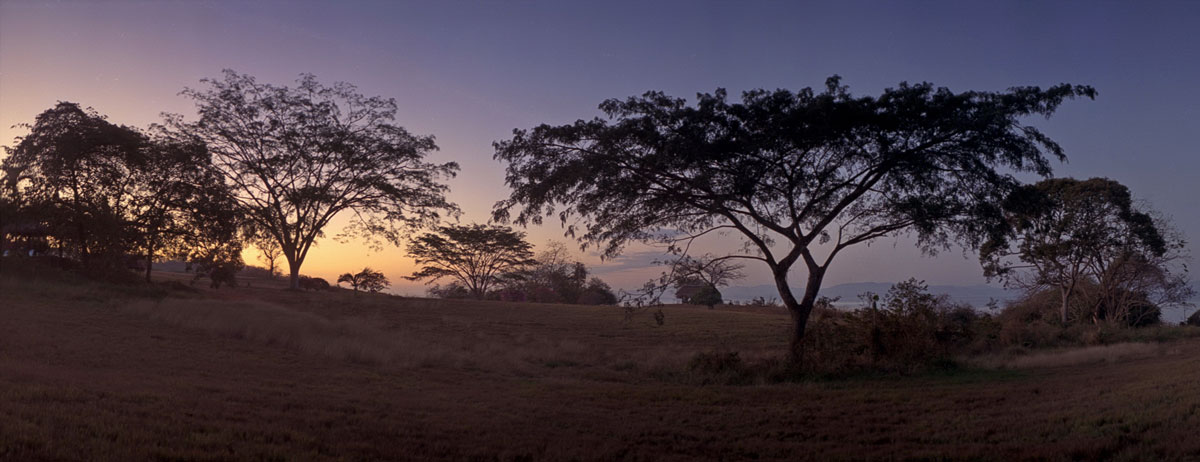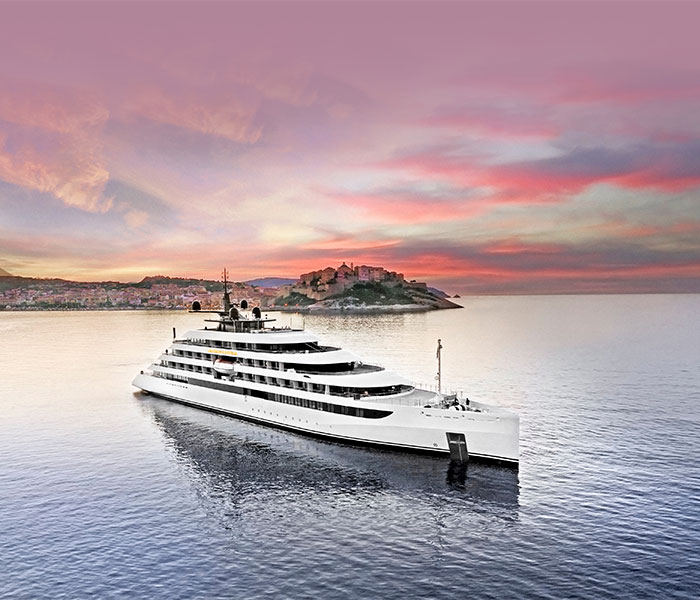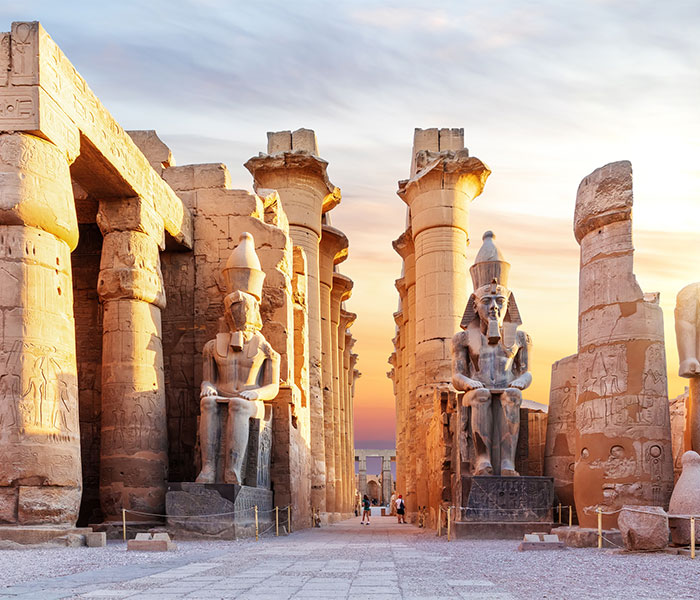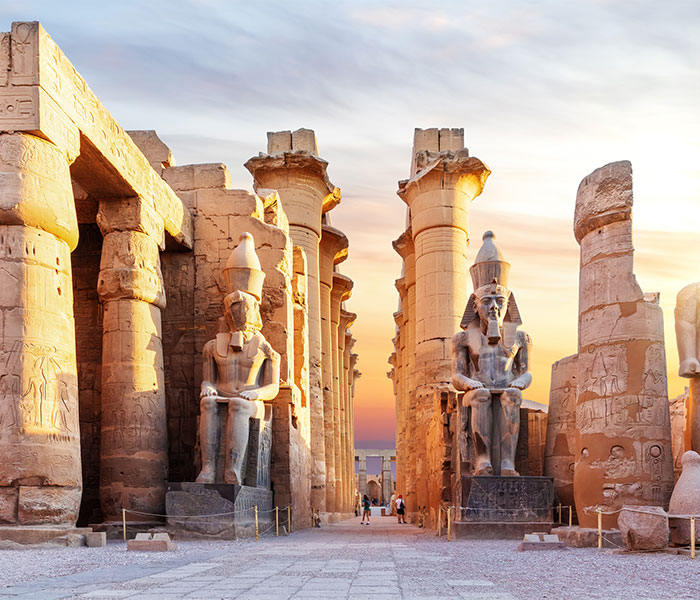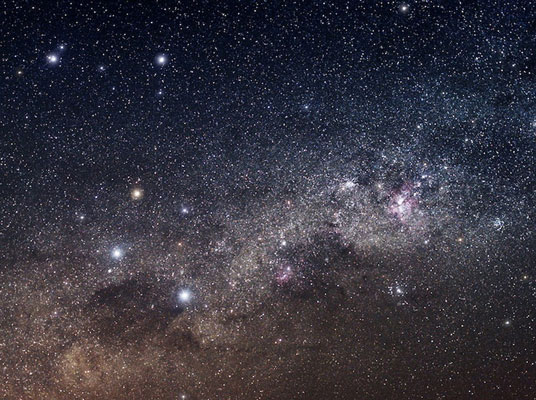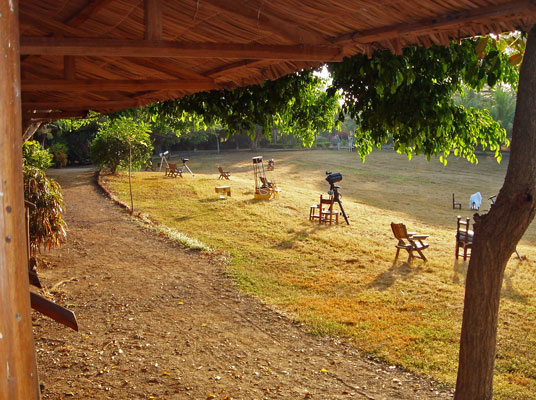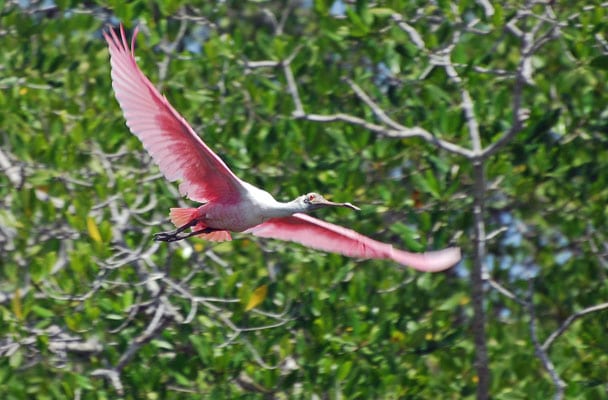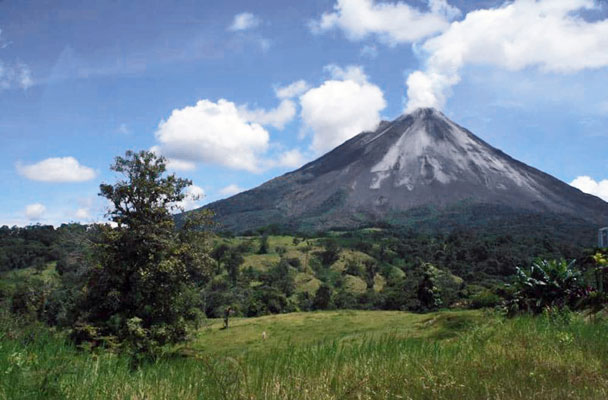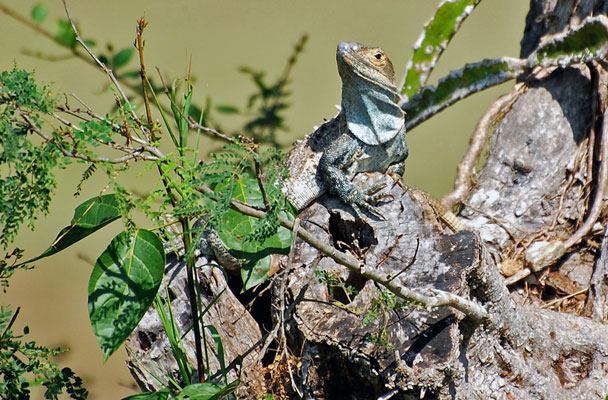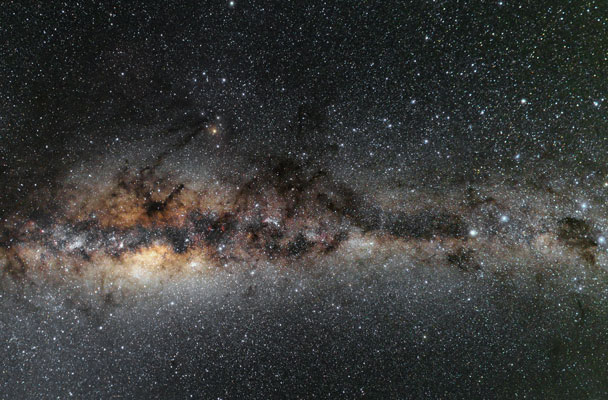Your Costa Rica Holiday
TravelQuest has journeyed to Costa Rica every winter for nearly 20 years. We spent most of our time at the Star Lodge, with multiple evenings of stargazing and short excursions to enjoy the Costa Rican countryside. In upcoming years, we’re taking a different approach—more Costa Rica! After arriving in San Jose, we visit the Botanical Orchid Garden and the whimsical topiary gardens at Zarcero. Then we move on to Arenal, a cone-shaped volcano rising more than 5,200 feet (1,600 meters) above sea level. Arenal is the youngest and most active of all Costa Rican volcanoes; it last erupted in 1998 and eruptions can be traced back more than 7,000 years.
Nearby is a rainforest canopy, where we walk along a series of “hanging bridges” that span the treetops of this lush corridor. The breathtaking 360° views include (jungle mists permitting) a unique vantage point on Arenal’s fissured slopes and classic conical profile.
A delightful boat cruise on Lake Arenal reveals the beauty of Costa Rica’s largest freshwater body. After docking, we wind through the tropical landscape to Monteverde and the Santa Elena Cloud Forest Reserve, named for the near-constant mists that create a moist, warm environment where exotic plants thrive. On the trails through this lush ecosystem, our naturalist helps us keep watch for a remarkable array of flowers, animals, and especially birds. The bare-necked umbrellabird, the three-wattled bellbird, and, if we’re lucky, the fabulously colorful quetzal are all there, somewhere in this amazing forest. It’s a birdwatcher’s paradise.
While at our night-sky retreat, enjoy a morning guided birding excursion in and around the 800-acre Star Lodge plantation, as well as the nearby mangrove, where up to 100 species of North Pacific dry forest birds can be found. From Tricolored Herons to the ever-popular Turquoise-browed Motmot, you will not be disappointed by the medley of chroma and the tuneful singing. We also head out from the lodge’s private pier on a half-day boat tour along the Gulf of Nicoya, meandering through the coastal mangrove habitat as our naturalist guide helps us spot and identify the many species of North Pacific forest birds that nest there.
We have three nights at our Star Lodge for viewing the southern night sky. Your room includes red lights to keep your eyes adjusted to the dark before you head out to view the heavens. The lodge’s manicured lawn has open southern vistas, offering a perfect site for setting up telescopes and other equipment. And throughout the night, you can count on regular cups of expertly-brewed coffee—Costa Rica’s most famous export.
The binoculars you use for birding will also work for stargazing. No need to bring a telescope (though you’re welcome to do so), because you can observe the heavens through the 30mm eyepiece of our Explore Scientific 16-inch Truss-Tube Dobsonian telescope. Our trip astronomer kicks off our first evening of viewing with a tour of the southern sky, pointing out the most impressive sights visible in binoculars and small telescopes. He also helps with astrophotography and is always around to answer your observing questions.


